- Quick and easy service
Car Rental Sofia
Search, compare & book!
- Free cancellation Up to 48 hours prior to the scheduled pick up time
- Best price guarantee Have you found a better price? Let us know and we will make you a better offer.
- 24000+ pick-up locations Locations around the world
Car Rental Sofia
Renting a car in Sofia is simple with us. We offer the best rates in the market. We offer rental cars worldwide, in over 125 countries and more than 17,000 locations. All inclusive car rental in Sofia at the best rates - quality service guaranteed!
Car rental offers in Sofia
Whether you're looking for a small rental car or a station wagon for the entire family, we will always have a suitable vehicle for the lowest price. Below are some examples from our selection in Sofia.
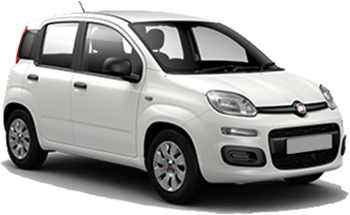
-
SurPrice car rentals From€ 6 /day -
Autounion Car Rental From€ 13 /day
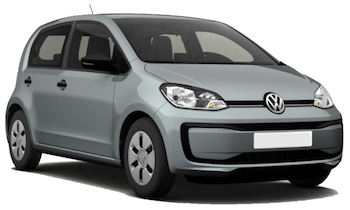
-
Green Motion From€ 8 /day -
Autounion Car Rental From€ 12 /day
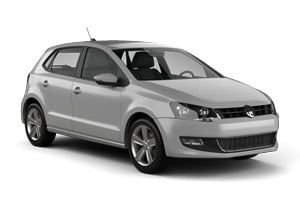
-
First Car From€ 14 /day
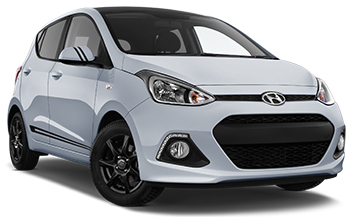
-
Green Motion From€ 8 /day -
Top Rent-a-Car From€ 9 /day -
CarRent.bg From€ 12 /day
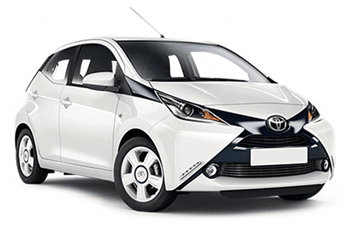
-
CarRent.bg From€ 8 /day -
Hertz From€ 18 /day
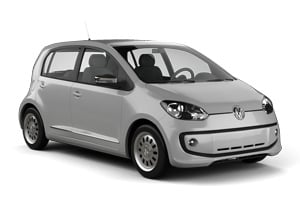
-
Green Motion From€ 15 /day -
Autounion Car Rental From€ 19 /day

-
Green Motion From€ 9 /day -
Autounion Car Rental From€ 13 /day
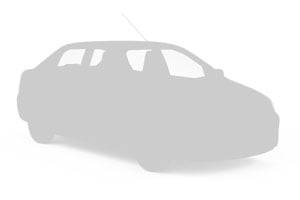
-
First Car From€ 10 /day

-
First Car From€ 15 /day
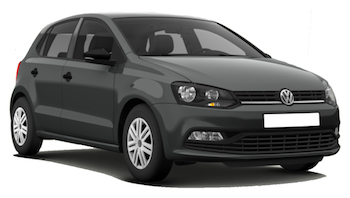
-
SurPrice car rentals From€ 7 /day
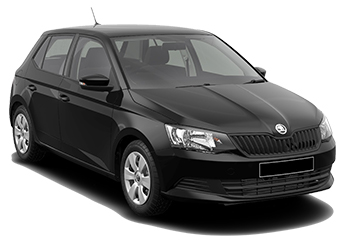
-
Green Motion From€ 8 /day -
Thrifty From€ 17 /day
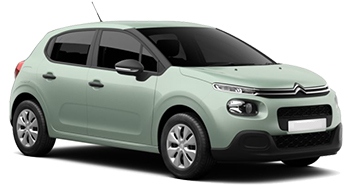
-
Top Rent-a-Car From€ 12 /day -
Green Motion From€ 15 /day -
Europcar From€ 22 /day

-
Green Motion From€ 8 /day -
Top Rent-a-Car From€ 10 /day -
Goldcar From€ 12 /day
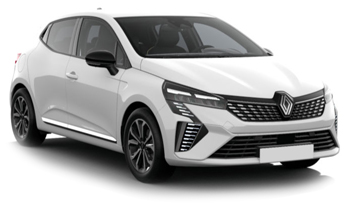
-
CarRent.bg From€ 8 /day -
First Car From€ 10 /day -
Top Rent-a-Car From€ 10 /day

-
CarRent.bg From€ 13 /day -
Top Rent-a-Car From€ 16 /day -
First Car From€ 16 /day

-
CarRent.bg From€ 8 /day
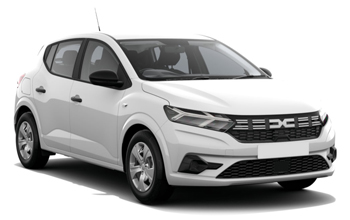
-
Low Cost Cars From€ 9 /day

-
CarRent.bg From€ 13 /day

-
SurPrice car rentals From€ 9 /day -
Sixt From€ 28 /day
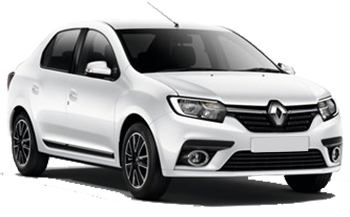
-
CarRent.bg From€ 10 /day

-
CarRent.bg From€ 13 /day
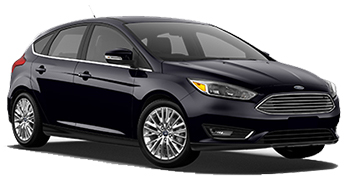
-
Green Motion From€ 11 /day -
CarRent.bg From€ 11 /day -
Alamo From€ 18 /day
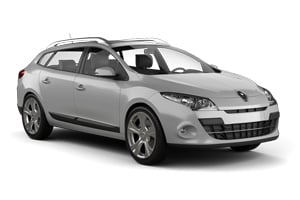
-
CarRent.bg From€ 13 /day
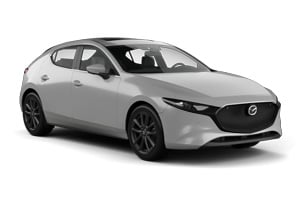
-
First Car From€ 16 /day

-
First Car From€ 13 /day
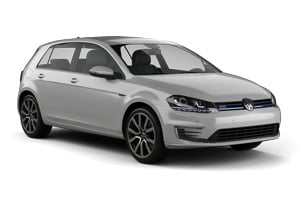
-
First Car From€ 13 /day

-
First Car From€ 16 /day
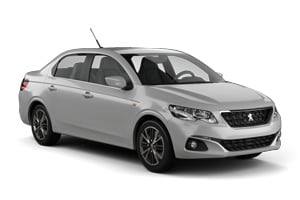
-
CarRent.bg From€ 13 /day
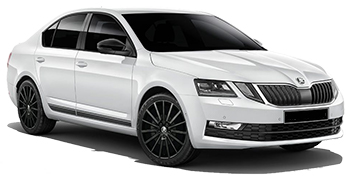
-
Green Motion From€ 13 /day -
CarRent.bg From€ 17 /day -
Autounion Car Rental From€ 21 /day

-
CarRent.bg From€ 16 /day
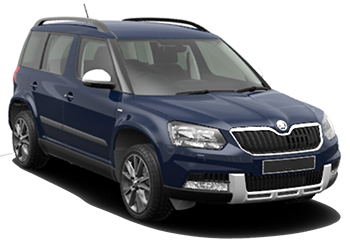
-
SurPrice car rentals From€ 14 /day
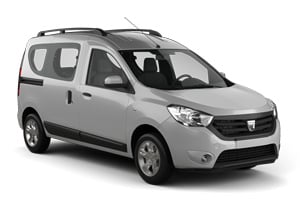
-
CarRent.bg From€ 15 /day
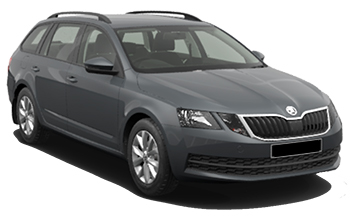
-
Green Motion From€ 17 /day -
CarRent.bg From€ 22 /day -
Autounion Car Rental From€ 24 /day
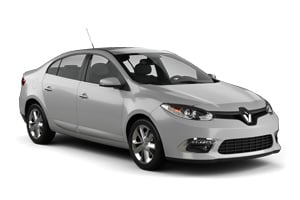
-
SurPrice car rentals From€ 16 /day -
CarRent.bg From€ 17 /day -
Autojet From€ 21 /day
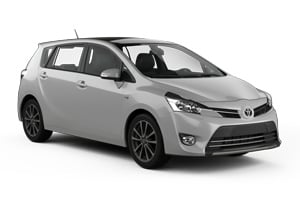
-
First Car From€ 20 /day
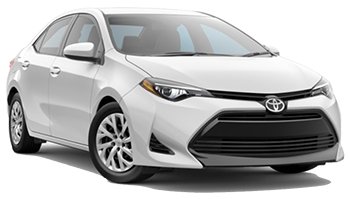
-
Low Cost Cars From€ 16 /day -
Top Rent-a-Car From€ 16 /day -
Green Rent a car From€ 26 /day
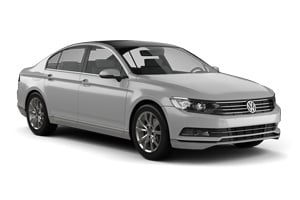
-
Low Cost Cars From€ 17 /day -
SurPrice car rentals From€ 19 /day -
Top Rent-a-Car From€ 22 /day
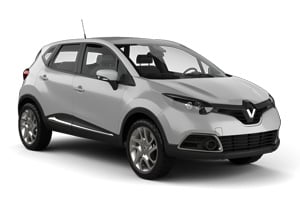
-
First Car From€ 18 /day
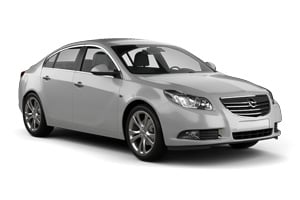
-
First Car From€ 18 /day
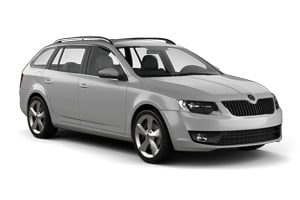
-
First Car From€ 18 /day

-
Low Cost Cars From€ 23 /day -
Top Rent-a-Car From€ 37 /day -
Europcar From€ 38 /day
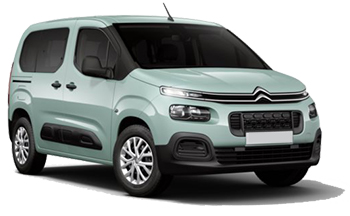
-
CarRent.bg From€ 19 /day

-
Autojet From€ 21 /day

-
First Car From€ 24 /day
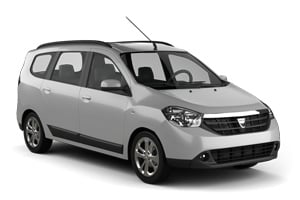
-
CarRent.bg From€ 22 /day

-
Low Cost Cars From€ 19 /day -
Top Rent-a-Car From€ 23 /day -
Sixt From€ 54 /day
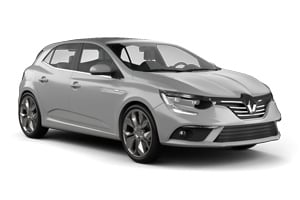
-
Autojet From€ 21 /day

-
Autojet From€ 27 /day

-
Top Rent-a-Car From€ 30 /day -
Sixt From€ 59 /day
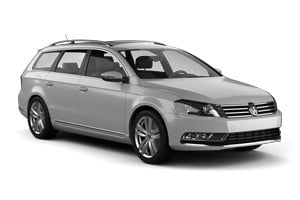
-
Low Cost Cars From€ 31 /day -
Top Rent-a-Car From€ 53 /day
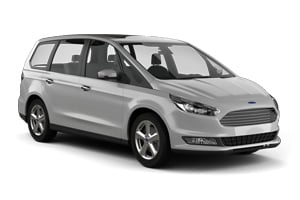
-
First Car From€ 34 /day -
Green Motion From€ 63 /day

-
First Car From€ 39 /day -
Green Motion From€ 139 /day
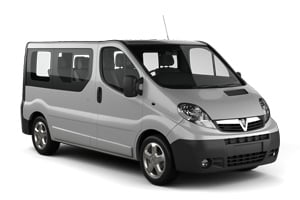
-
First Car From€ 34 /day -
Alamo From€ 68 /day -
Enterprise From€ 73 /day

-
First Car From€ 34 /day -
Green Motion From€ 207 /day
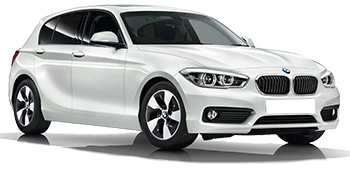
-
Top Rent-a-Car From€ 36 /day
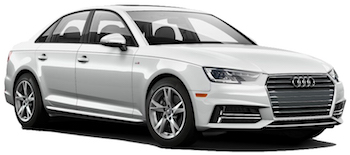
-
CarRent.bg From€ 37 /day

-
Top Rent-a-Car From€ 41 /day

-
CarRent.bg From€ 42 /day

-
CarRent.bg From€ 43 /day -
Autojet From€ 51 /day
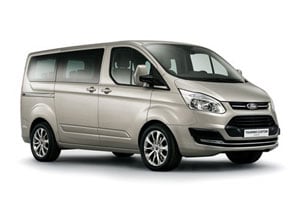
-
Top Rent-a-Car From€ 47 /day
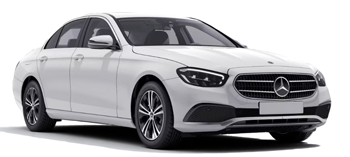
-
SurPrice car rentals From€ 48 /day -
Europcar From€ 97 /day

-
Top Rent-a-Car From€ 49 /day

-
CarRent.bg From€ 49 /day -
Autojet From€ 54 /day
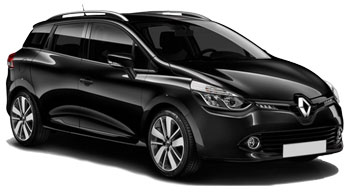
-
Low Cost Cars From€ 10 /day -
CarRent.bg From€ 14 /day

-
CarRent.bg From€ 13 /day

-
Low Cost Cars From€ 17 /day -
CarRent.bg From€ 19 /day
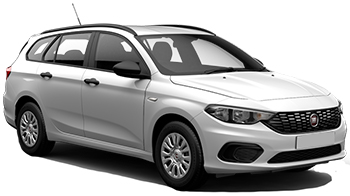
-
First Car From€ 13 /day -
Autojet From€ 19 /day
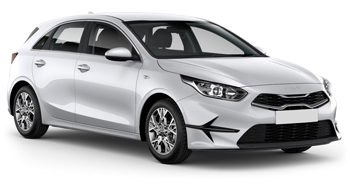
-
First Car From€ 13 /day -
Goldcar From€ 25 /day -
Europcar From€ 30 /day

-
First Car From€ 18 /day -
Autojet From€ 24 /day

-
CarRent.bg From€ 15 /day

-
First Car From€ 16 /day

-
CarRent.bg From€ 19 /day
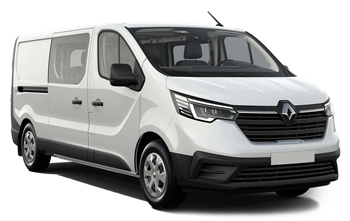
-
CarRent.bg From€ 33 /day

-
First Car From€ 34 /day -
Alamo From€ 68 /day -
Enterprise From€ 73 /day
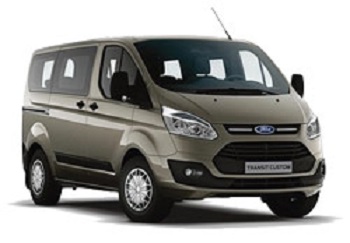
-
Top Rent-a-Car From€ 39 /day

-
First Car From€ 34 /day -
Autojet From€ 47 /day -
SurPrice car rentals From€ 47 /day
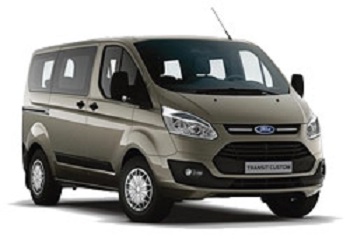
-
Top Rent-a-Car From€ 35 /day

-
CarRent.bg From€ 42 /day

-
First Car From€ 42 /day -
Alamo From€ 73 /day -
Sixt From€ 78 /day

-
First Car From€ 42 /day -
Autojet From€ 54 /day -
Green Motion From€ 213 /day
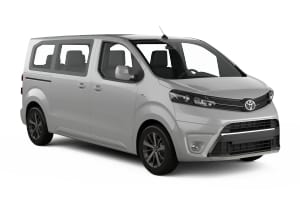
-
Europcar From€ 72 /day
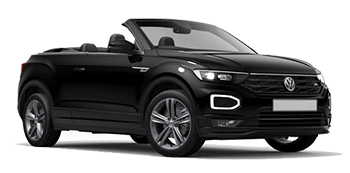
-
Top Rent-a-Car From€ 43 /day

-
SurPrice car rentals From€ 14 /day
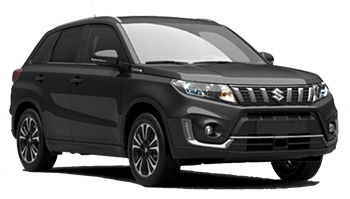
-
First Car From€ 14 /day -
Alamo From€ 26 /day -
Enterprise From€ 28 /day

-
First Car From€ 21 /day -
Alamo From€ 30 /day -
Enterprise From€ 33 /day
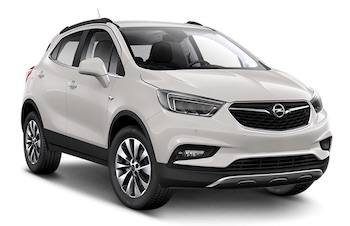
-
Top Rent-a-Car From€ 16 /day
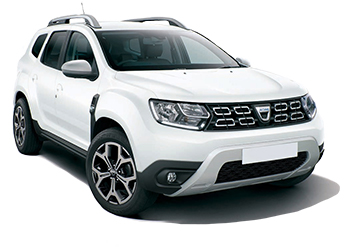
-
Low Cost Cars From€ 17 /day -
CarRent.bg From€ 19 /day
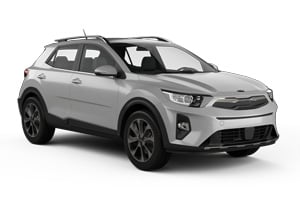
-
Europcar From€ 25 /day -
Alamo From€ 27 /day -
Green Motion From€ 29 /day
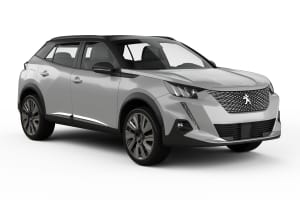
-
Top Rent-a-Car From€ 19 /day
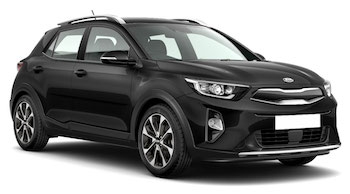
-
Europcar From€ 21 /day -
Alamo From€ 22 /day -
Green Motion From€ 23 /day
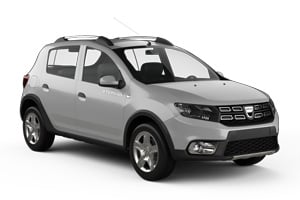
-
Green Motion From€ 28 /day
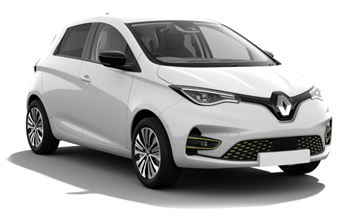
-
SurPrice car rentals From€ 16 /day

-
Top Rent-a-Car From€ 16 /day
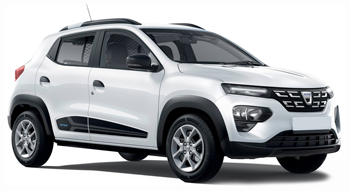
-
Top Rent-a-Car From€ 21 /day -
Green Motion From€ 48 /day

-
Top Rent-a-Car From€ 17 /day -
Green Motion From€ 23 /day
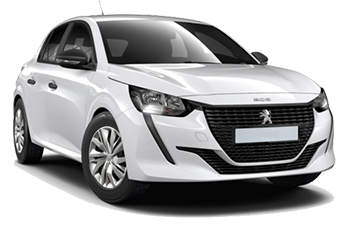
-
Top Rent-a-Car From€ 19 /day

-
Top Rent-a-Car From€ 24 /day

-
Top Rent-a-Car From€ 24 /day
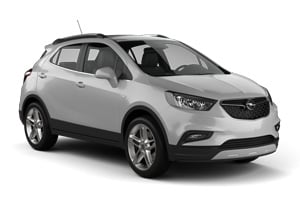
-
Top Rent-a-Car From€ 24 /day

-
Top Rent-a-Car From€ 54 /day
Car rental companies in Sofia
Below are the car rental companies in Sofia with the best ratings. Compare all ratings and prices of these rental companies in one search.
-
Alamo
From€ 14 / day -
Top Rent-a-Car
From€ 9 / day -
CarRent.bg
From€ 8 / day -
Europcar
From€ 17 / day -
Budget
From€ 18 / day -
First Car
From€ 10 / day

When is the best time to book a rental car in Sofia?
Car rental companies in and around Sofia
Information about Sofia
Sofia is one of Europe's oldest cities. Remnants have been found of a Thracian tribe, the Serdi, who already had a settlement here 7000 years ago. Sofia became more important when the Romans occupied the city in 29 BC and turned it into an administrative capital. Sofia was also part of the Ottoman Empire for almost five hundred years. Despite heavy bombardments during World War II and the building boom during the communist period, the city has many historic buildings and interesting museums.
Remains of the Roman settlement can be found near the St George Rotunda (Rotonda Sveti Georgi) from the fourth century. This Early Christian circular church is the city's oldest building and is located behind the Sheraton Hotel. Inside you can admire three layers of frescoes; the oldest dating back to the tenth century. These frescoes were only uncovered at a late stage as they had been painted over during the Ottoman period and for a long time no one remembered they existed. In the Church of St Petka you can also see beautiful murals of biblical scenes, although they are not as old as the ones in the St George Rotunda.
The St Alexander Nevsky Cathedral was built at the beginning of the twentieth century to honor the Russian soldiers who lost their lives during the war against the Ottoman Empire. It is one of the largest Orthodox churches in the world. The crypt houses a museum with a huge collection of icons from the ninth to the nineteenth century.
In communist times, the Ploshtad Sveta Nedelya Square was called the Lenin Square with a portrait of the founder of Soviet communism. After the fall of communism, the statue was torn down and replaced by a bronze statue of patron saint Nedelya, a Christian martyr who was decapitated around the year 300. On the square you'll find the St Nedelya Church, a beautiful example of neo-Byzantine architecture. The Serbian King Milutin is buried in this church.
Sofia's former grand mosque houses the National Archeological Museum. It holds a special collection of objects dating back to the time of the Thracians, the Greeks en the Romans. Masterpieces include thirteen strangely shaped solid gold ship models that were probably used by the Thracians during religious ceremonies. In the garden you'll find marble statues from the Roman times.
Under the Ottoman rule, Sofia had no less than seventy mosques. Nowadays there is only one functioning mosque left, the Banya Bashi Dzhamiya. The building was designed by Mimar Sinan, who also built the Süleymaniye Mosque in Istanbul. 'Banya Bashi' means 'many baths' and nearby you'll find Sofia's Central Baths (Tsentralnata Banya). The Romans already used the thermal springs, but the current building dates back to the beginning of the twentieth century. The baths are beautifully adorned with majolica pottery. It is no longer used as a public bathhouse, but you can still feel and taste the water on the square outside.
The Russians have left their mark in the form of the St Nicholas Church. The Russian Orthodox style is clearly recognizable by the five onion-shaped domes. The crypt houses the remains of Sofia's former Archbishop Seraphim. He was not officially canonized, but many people believe he can perform miracles. The 'mail box' next to the tomb is therefore stuffed with handwritten requests every single day.
In and around Sofia
About eight kilometers southwest of the center lies the 900-year-old Boyana Church. This small medieval church is mainly known for its beautiful frescoes from the thirteenth century and it is therefore listed as a UNESCO World Heritage Site. Nearby you'll find the National Historical Museum, which gives a good chronological overview of Bulgaria's history, from prehistory until World War II. The museum is renowned for its Thracian art collection.
Both the Boyana Church and the Historical Museum lie at the foot of the Vitosja, a mountain massif with its highest Black Peak at 2290 meters. It's been a protected area since 1934 and the oldest nature park in the Balkans and you can make beautiful walks here. In the southwest of the park lies the Duhlata Cave and in winter the highest parts of the mountain massif are a ski area.
Parking
Finding a parking space on the streets in Sofia's center may not be easy. In the blue zones you can park your car by buying a ticket at one of the parking meters and leaving it behind your windshield. It is easier to park your rental car in one of Sofia's parking garages.
Airport
Sofia Airport is located 10 kilometers east of the city center towards the eastern outskirts of town and you can easily reach it by rental car. The easiest route is via the Botevgradska Shose Freeway. The exit for the airport is clearly signposted in English.